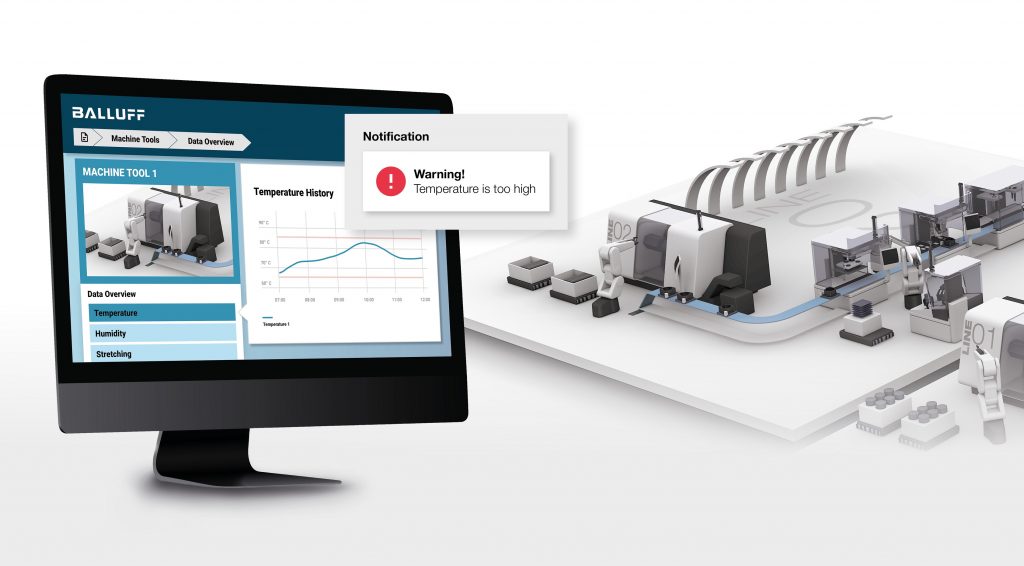Quality problems in the production of stamped and bent metal parts require data for analysis and sensors that provide it. Condition monitoring captures many data points that allow analysis and thus faster detection of the root causes of defects.
The problem: Quality problems with stamped metal parts
A manufacturer of stamped and bent metal parts, supplying the automotive industry (among others), had been experiencing quality issues for a while. The machines produced parts of inferior quality that did not meet the customers’ requirements. At first glance, there was no apparent cause for this problem.
The workshop manager therefore examined the data supplied by existing sensors. He also considered additional data such as running times and shift schedules. Nevertheless, he was unable to determine the cause of the error. Data analytics and machine learning are helpful in this situation, but the existing database storing this information was not sufficient for their use.
Therefore the management decided to upgrade the production facilities with additional sensors. This was not only to identify the causes of machine downtimes and quality problems, but also to permanently store all data from existing and new sensors in order to enable long-term analyses and to be able to derive measures to increase production efficiency.
The solution: Balluff Sensors and various data points for correct analysis
Balluff recommended the retrofitting of sensors and the use of a monitoring application. Each machine was equipped with condition monitoring sensors from Balluff and a temperature sensor at the belt infeed. These were used to measure vibrations and temperatures over a long period of time on all process-critical components of the entire production plant.
The transmission protocol for the collected data is IO-Link. It is an interface for intelligent sensors and actuators. Several IO-Link-enabled sensors send the data to an IO-Link master, which in turn transfers it to the IT level via a corresponding connector.
A special analysis application merges the sensor data with the data from other systems (MES, ERP, QA), which allows process-relevant correlations to be established. The application not only visualizes the data, it also stores them in a long-term archive, which makes it easier to identify patterns and deviations. If, for example, the temperature of a mold rises above the normal range and this has been defined in advance as process-critical for the entire plant, the system issues a warning message. Operators can then intervene accordingly.
Balluff’s solutions for condition monitoring can be run in both an existing IT infrastructure and also on common cloud platforms. For this purpose, the IO-Link system requires an additional IoT (Internet of Things) component which works as a gateway that sends the data to the cloud application via mobile communication.

The result: Quality problems are detected early
The manufacturer is now able to detect deviations and errors in the production process at an early stage thanks to the integrated data collection process. The company reduces quality problems and machine downtime. The data archive also lays the foundation for predictive maintenance. Algorithms for data analytics and machine learning detect malfunctions in advance so that downtimes can be minimized and planned maintenance or repairs are possible.








[…] and more.You will find interesting articles on many of these topics here on this blog, such as: Sensor-based monitoring of punching machines, or More transparency in […]